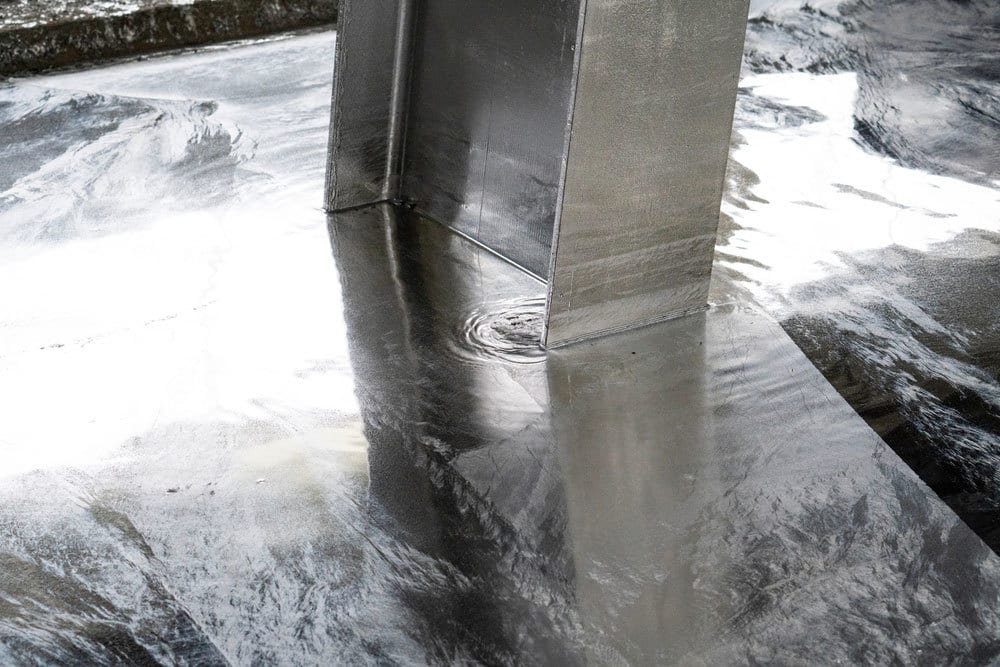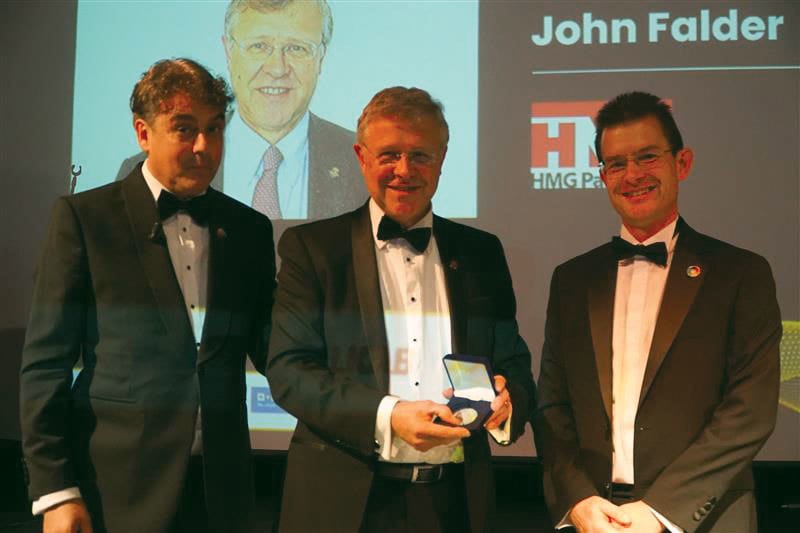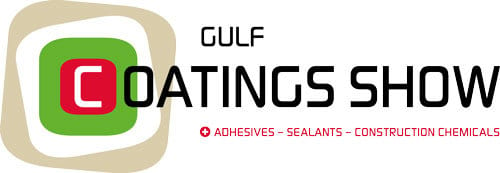Ready to proof -- CLJ 10/22/21
KJ proofed 10/25
Proofed by Karen 10-25-2021
INDUSTRY UPDATES
The high concentration of zinc ions with chromophore properties in the spent electrolytes of zinc plating indicates the possibility of their use for the production of pigments. This direction is especially relevant for some countries where the production of pigments is absent and they are completely purchased abroad.
However, the processing of spent electrolytes from galvanic production is difficult due to their complex chemical composition, which is characterized by the presence of various impurities that affect the quality of pigments obtained.
Scientists from the Belarusian State Technological University, NUST MISIS and the Institute of General and Inorganic Chemistry of the National Academy of Sciences of Belarus have developed a new method for synthesizing high-quality white pigments from spent zinc plating electrolytes. The plating electrolytes were obtained from the four largest Belarusian machine-building enterprises. Industry-grade electrolytes usually contain iron and brighteners that can affect the whiteness of the resulting pigments.
The technology for the production of pigments from spent zinc plating electrolytes includes collecting and averaging the composition of spent galvanizing electrolytes, precipitating zinc ions by sodium phosphate solution, separating the precipitate from the mother liquid by filtration, washing the precipitate from water-soluble salts, drying and heat treatment.
The wastewater formed after the extraction of the most valuable and at the same time the most toxic component (zinc ions ions) can be discharged to the existing local treatment facilities.
“We have found that the presence of brighteners in the spent ammonium chloride electrolytes for zinc plating practically does not affect the degree of deposition of zinc ions or the whiteness of the resulting pigments. The presence of iron ions, in turn, can lead to a decrease in whiteness. However, pigments of the required whiteness can be obtained if the contents of iron are kept within a certain limit. All of the obtained pigment samples were characterized by 98% whiteness. The zinc ion extraction efficiency remained at over 99%,” said Valentin Romanovski, Senior Researcher at th Research Center for Structural Ceramic Nanomaterials at NUST MISIS.
“The pigments obtained can be used in the ceramic industry for white glaze production, or in the paint and varnish industry to color plastic, etc. The pigments have quite a broad spectrum of possible applications,” added Olga Zalygina, Associate Professor at the Department of Industrial Ecology at the Belarusian State Technological University.
The production of pigments from spent zinc plating electrolytes would not only provide industries with a new source of high-quality pigments, but is also a possible solution for toxic galvanic waste management, the researchers say.
MOSCOW – A Russian-Belorussian research team has come up with an innovative method for obtaining white pigments from toxic metallurgical waste. The method allows the production of high-quality industrial pigment while significantly reducing the toxicity of the raw materials. The study was published in the Journal of Chemical Technology and Biotechnology.
Despite their numerous advantages, current industrial processes involving electroplating remain among the most environmentally hazardous. Electroplating wastes are commonly managed by the recovery and recycling of plating electrolytes. However, the regeneration of electrolytes is a complex, multistage process that requires expensive equipment. In addition to the high cost, the electrolyte can withstand only a certain number of regeneration cycles due to the accumulation of various impurities in it, the removal of which becomes difficult.
Russian-Belorussian Scientists Obtain Pigments from Spent Zinc Plating Electrolytes
Image courtesy of the National University of Science and Technology.

HMG’s John Falder Receives BCF’s Silver Medal
MANCHESTER, UK – The British Coatings Federation (BCF) announced that John Falder, Chairman of HMG Paints, received the Silver Medal at the British Coatings Federation Awards Dinner held in Manchester, UK, on Oct. 14, 2021. The Silver Medal award was started by Leslie Silver upon his retirement in 1980, and recognizes those who provide outstanding service and an exceptional contribution to the industry’s growth and reputation.
Falder has been actively involved in the industry and with the BCF for over 40 years, taking a leading role in developing several industry initiatives, such as the apprenticeship-training scheme and Coatings Care, the industry’s health, safety and environmental program.
Through the years, Falder has held several influential roles, most notably BCF President between 2014 and 2016. He has chaired the Industrial and Powder Coatings Council and the Vehicle Refinish Committee, as well as being a member of the General Purpose and Finance Committee.
From left to right: BCF President Guy Williams, John Falder, and BCF CEO Tom Bowtell. Photo courtesy of the BCF.

“John Falder exemplifies the commitment to the industry that the Silver Medal was developed to recognize,” said Tom Bowtell, Chief Executive of the British Coatings Federation. “He has been a prominent figure in the coatings industry and is a huge advocate of the BCF. We would like to thank John for his support and expertise throughout the years and congratulate him on this very much deserved accolade.”
NürnbergMesse and Vincentz Network Announce New Industry Events
“With the Pacific Coatings Show and the Gulf Coatings Show, we are opening up new communications channels and thus also sales opportunities for interested exhibitors and visitors in promising future markets, at both a global and a local level,” said Alexander Mattausch, Executive Director Exhibitions, NürnbergMesse. “A key element for us is that the success factors for the European Coatings Show, the world’s leading event for the coatings and paint industry, will also apply to our new events: an attractive value-for-money factor, integration into our global network of coatings shows, high service quality, a globally acknowledged coatings technology conference, a permanent location and a two-year cycle. Major industry players such as Evonik, Niemann and VMA-Getzmann have already indicated their support.”
Kristina Wilger, Director Event Management Vincentz Network, added, “Our aim with these two new coatings shows is to create recognized trade shows that will network international decision makers with regional solution providers and, with input from selected international speakers, significantly promote the sharing of knowledge on coatings as part of a scientific and technical event based around presentations and networking. This is the established model we have been successfully applying around the world. The coatings markets in the countries of the Gulf and Asia-Pacific Regions offer exciting future prospects and potential for growth. And so, with our many years of expertise in the industry, we are very pleased to be establishing the ideal platforms for each of these markets.”
NÜRNBERG, Germany – NürnbergMesse and Vincentz Network are partnering to establish two new events for the paints and coatings industry in the Asia-Pacific region and the Middle East. The Pacific Coatings Show will launch at the Jakarta International Expo Congress Center in Indonesia Sept. 21-23, 2022. In the United Arab Emirates, NürnbergMesse and Vincentz Network will hold the Gulf Coatings Show at the Expo Centre Sharjah Oct. 16-18, 2022. Both trade shows will subsequently be held on a two-year cycle.


Green Seal Launches LEED-Compliant Paint Certification
WASHINGTON – Green Seal® recently announced a new certification standard for paints and coatings that fully aligns with the latest version of the LEED® green building rating system. Products certified to Green Seal’s updated paint standard are designated by the U.S. Green Building Council (USGBC) as complying with the requirements for the LEED v4 and v4.1 low-emitting materials credit.
Green Seal’s paint certification is reported to be the only mark in the marketplace to qualify products for both LEED v4.1 credit requirements and Amazon’s Climate Pledge Friendly badge. The updated GS-11 Standard for Paints, Coatings, Stains and Sealers is also compliant with WELL v.1 and Fitwell standards.
Photo: francescomoufotografo, iStock/Getty Images Plus, via Getty Images

“Green Seal's paint standard has rewarded leading manufacturers for low-VOC content, safer formulas and effective functional performance since it was first issued nearly 30 years ago,” said Doug Gatlin, CEO of Green Seal. “With our latest standard update, purchasers, facility managers and consumers can confidently choose paints that fully align with LEED v4.1 green building certification, and are verified to the highest standard of health, safety and functional performance.”
“LEED certification encourages the uptake of sustainable practices, including the use of low-emitting indoor materials that protect human health,” said Melissa Baker, SVP, LEED Technical Development, USGBC. “Green Seal’s updated paint certification raises the bar for protecting indoor environmental quality and offers a simple and effective path for complying with our most health-protective requirements in LEED.”
Green Seal’s certification indicates a paint or coating product is safer for people and the planet than similar products while providing uncompromising performance. Green Seal restricts VOC chemical content and requires VOC emissions testing to ensure healthier indoor air quality. Unlike single-attribute certifications that focus solely on VOC emissions, Green Seal’s standard also restricts carcinogens, reproductive toxins, hazardous air pollutants, preservatives that emit formaldehyde, heavy metals, alkylphenol ethoxylates, and a host of other harmful chemicals, ensuring certified products are safer for building occupants while providing uncompromising functional performance. In addition, Green Seal ensures that certified products use environmentally preferable packaging materials and contain ingredients that are safer for water bodies.